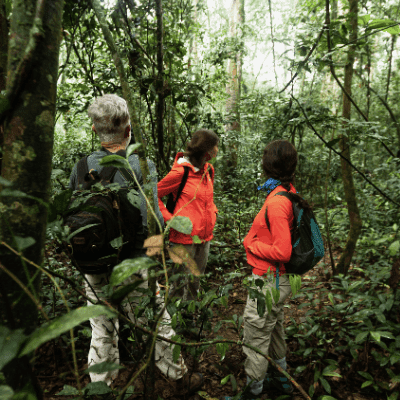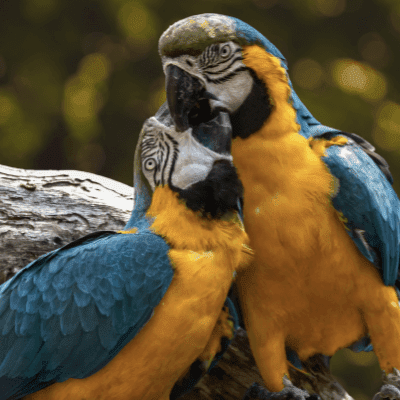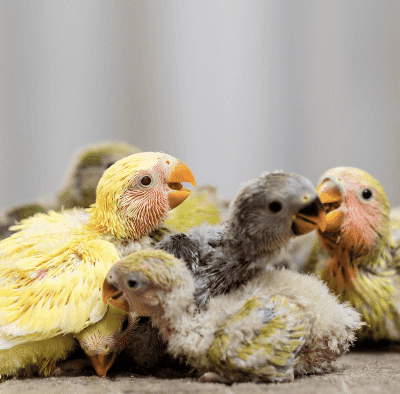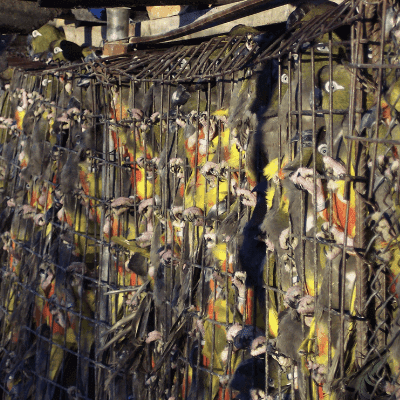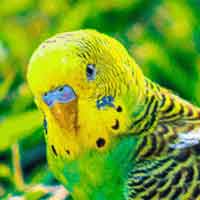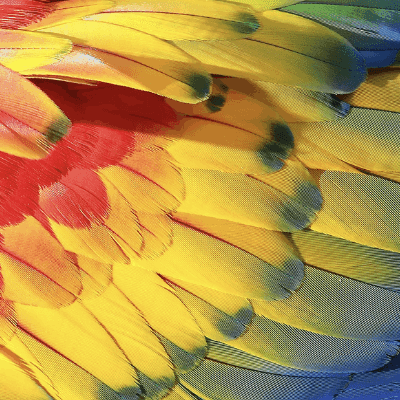Position Statement: Wing-clipping
Parrots are of course birds, and most birds fly. And flight for parrots isn’t a minor detail, it’s a fundamental aspect of their lives. Flight determines where they live, what they feed on, who they socialise with and just about every aspect of how they are built, including their musculature, respiratory system, skeletons and feathers. All one needs to do is look at the flightless Kākāpō (or nearly any other flightless bird) to know that flight is a deeply essential aspect of what makes a parrot a parrot.
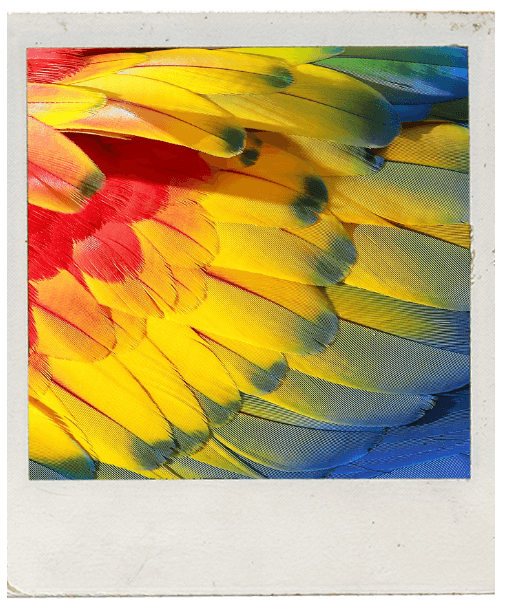
There is no one-size-fits-all answer to the question of wing-clipping in adult parrots
In principle, the World Parrot Trust is in favour of caring for parrots in such a way that their day to day experiences are as rich and stimulating as the same bird would experience in the wild. Therefore, flight is important for birds in captivity for their physical and psychological well-being.
With a few cautions, we generally view this aspect of the bird’s biology as something that should be encouraged rather than discouraged by clipping the bird's wings, but let’s look into these reasons a bit more closely before exploring the caveats.
The importance of flight
The physical reasons have to do with their physiology and nutrition. Flight is very expensive in terms of energy consumption; far more intense a form of exercise than running is for humans, for example. Parrots in the wild fly for miles, in some cases many hours each day. These activities create a huge energy demand which can only be supported by a high energy diet. Although few captive parrots can experience as much flight as their wild counterparts, it is important for their physical well being to experience flight, to ensure that they build and maintain healthy muscles and that their predilection for rich foods doesn’t lead to excessive intake, lethargy, and ultimately ill-health.
Perhaps more importantly, for a parrot to be able to fly is empowering. It allows the bird to choose where it spends its time, who it decides to socialize with (and who it avoids), and what sorts of activities it has available at any given time, such as eating, drinking, sleeping, preening, or playing. In caring for captive birds, the more we take away the bird’s choices and its perceived power over these choices, the more we risk making the bird feel it has no control over its life. We know what happens to humans when we deprive them of such freedoms and we should not expect anything different from intelligent, social, and complex animals like parrots.
Now, not all captive parrots fly. In some cases, these birds have never flown; in some cases they have flown, but not for many years and their strength and skill isn’t what it once was. And in still other cases, despite the fact that a bird may be fully feathered and housed in a large flight, it may choose not to fly at all. We have to recognize that all parrots are unique individuals of many different species, and each has a unique history. As a result, there is no one-size-fits-all answer to the question of wing-clipping in adult parrots. Generally and ideally, parrots in captivity can be kept in facilities which allow birds to fly easily and safely, but we recognize that this isn’t always possible or ideal for certain individual birds.
Finally, when it comes to raising young parrots, clipping their wings before they learn to fly is more likely to make the birds feel helpless rather than “tame.” If young parrots are raised in appropriate and stimulating environments – including giving them the space and time to learn to fly safely when they’re young – we will empower these birds to feel confident and curious about their environments. If we clip their wings and make this choice for them, we have undermined their power and sense of control. If flighted birds are to become pets, when they make a choice to fly to us, to seek out our contact and attention, then flight has enhanced their ability to make this choice. The end result is a more positive, dynamic, and stimulating relationship for both the bird and the caregiver.
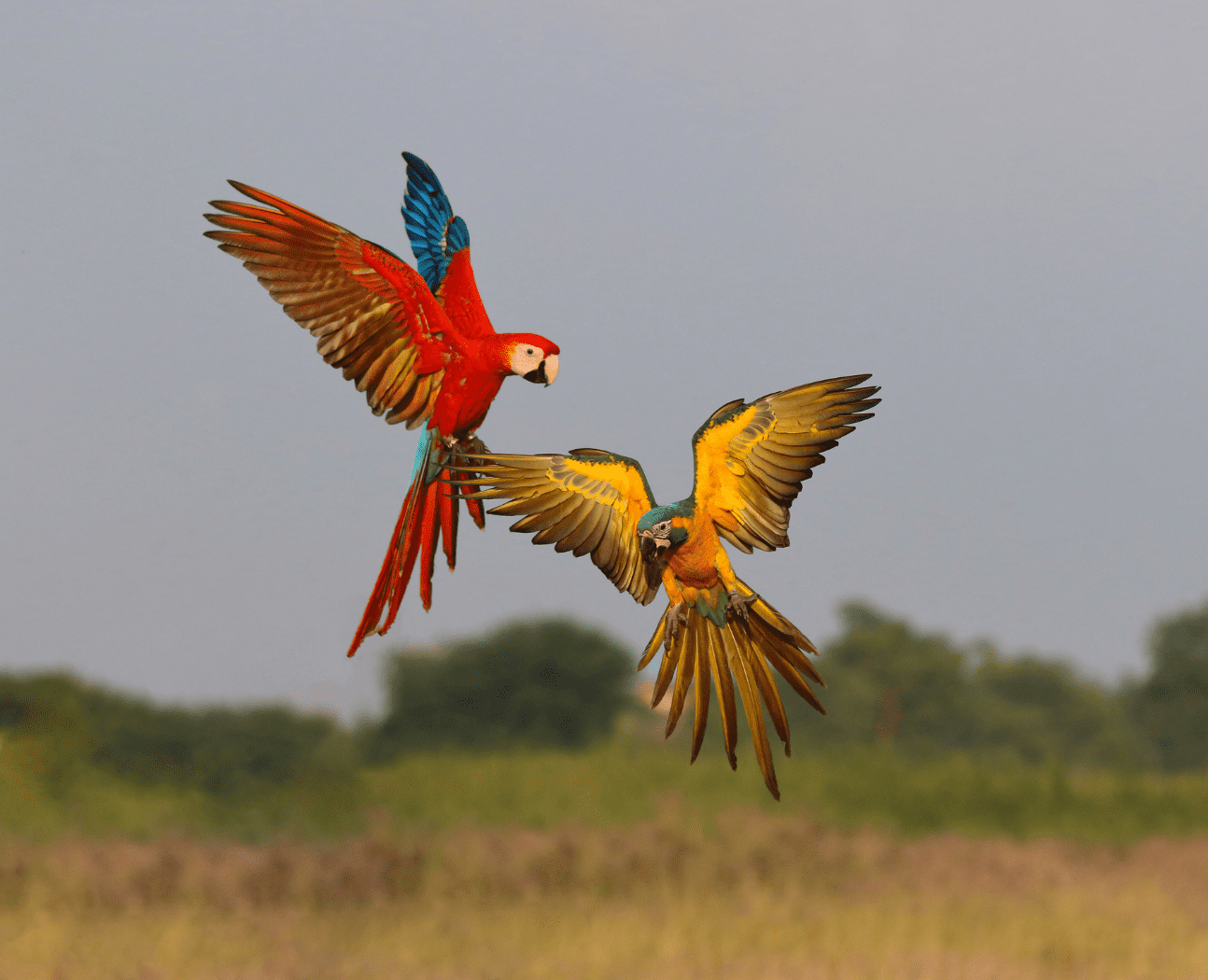
to keep companion parrots healthy and happy
© Passakorn_14, Getty Images
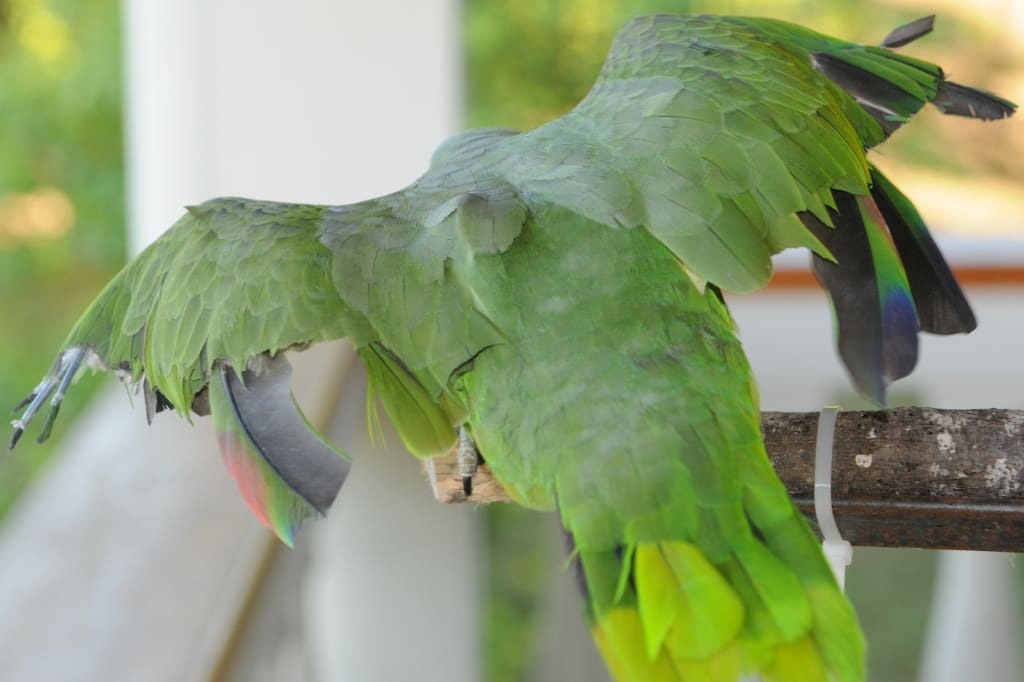
to a parrot used to flight
© Nikki Buxton, Belize Bird Rescue
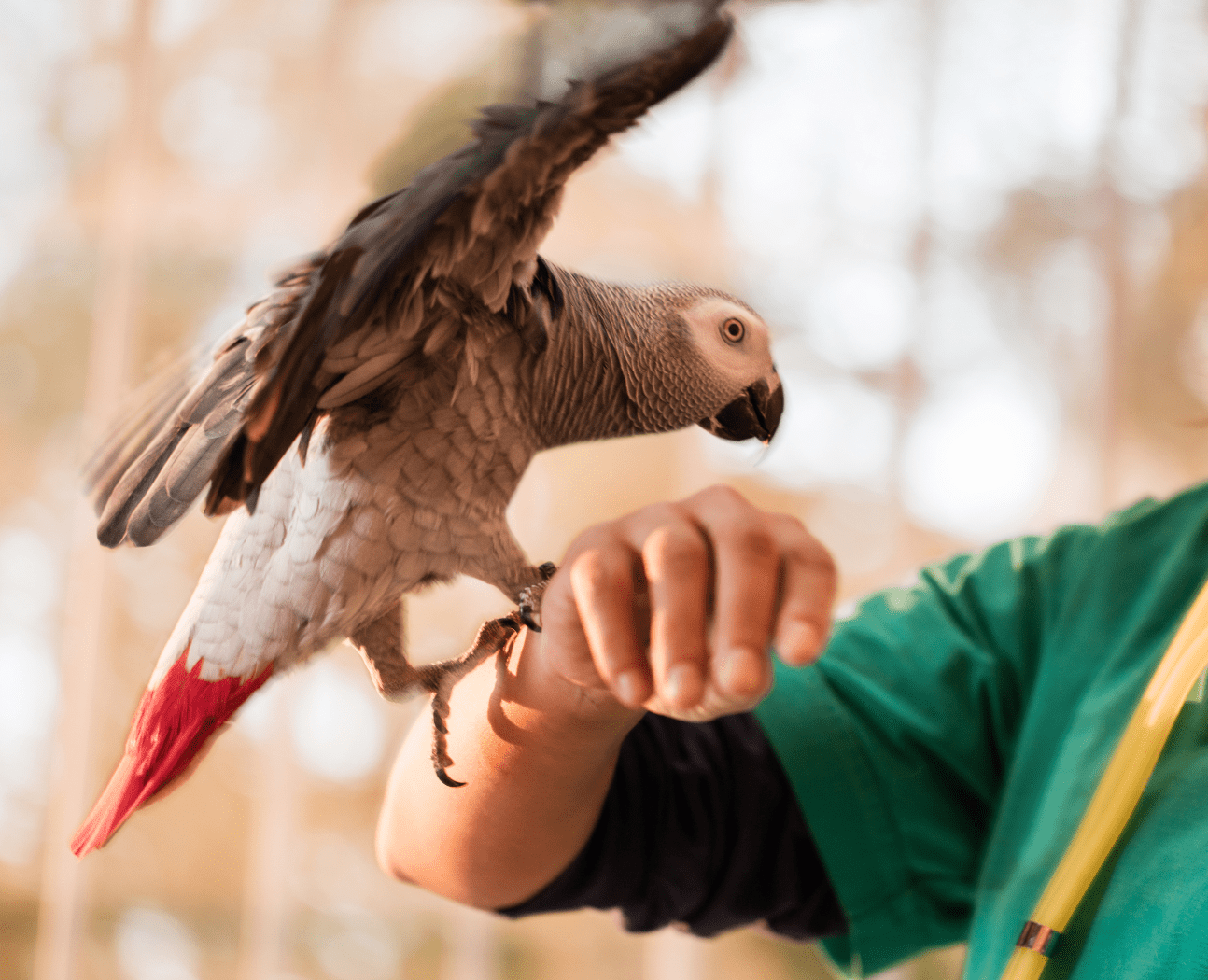
relationship between parrot and caregiver
© Braun S, Getty Images
